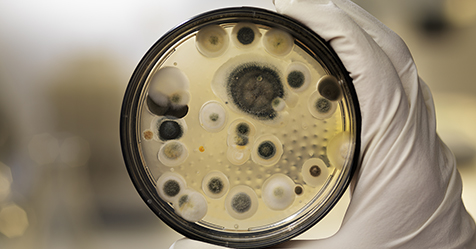New York Ranked Top State for LEED Buildings
New York was ranked the top state for Leadership in Energy and Environmental Design (LEED), a green building certification developed by the U.S. Green Building Council (USGBC). The state, which moved up from third place in 2022, certified 4.63 square feet of building space per person under LEED in 2023.
The top 10 states, plus the District of Columbia, certified 6,000 projects and more than 1.36 billion gross square feet under LEED last year. Although Washington, D.C., does not appear in the official top 10 list because it is not a state, it consistently leads the nation in LEED-certified square footage per capita. In 2023, the nation’s capital certified 43.04 square feet of space per resident across 126 green building projects.
The top 10 LEED states include:
- New York, 4.63 certified gross square footage per capita and 201 green building projects
- Illinois, 3.21 certified gross square footage and 101 projects
- Massachusetts, 3.21 certified gross square footage and 105 projects
- Washington, 3.01 certified gross square footage and 91 projects
- Georgia, 2.56 certified gross square footage and 97 projects
- Virginia, 2.43 certified gross square footage and 90 projects
- California, 2.27 certified gross square footage and 402 projects
- Colorado, 1.95 certified gross square footage and 62 projects
- Hawaii, 1.79 certified gross square footage and 10 projects
- Maryland, 1.77 certified gross square footage and 62 projects.
“The LEED certification system is a vital tool for both organizations and governments seeking to create better living, working and learning spaces while addressing the urgent challenges of climate change, health, and affordability,” said Peter Templeton, USGBC president and CEO. “The top 10 report highlights the remarkable progress of the public and private sectors towards reducing greenhouse gas emissions, health impacts, and operating costs in buildings across their states. USGBC applauds the top 10 states for their leadership in adopting the readily available technologies and proven green building solutions needed to advance healthy, responsible, and equitable communities in every state.”


